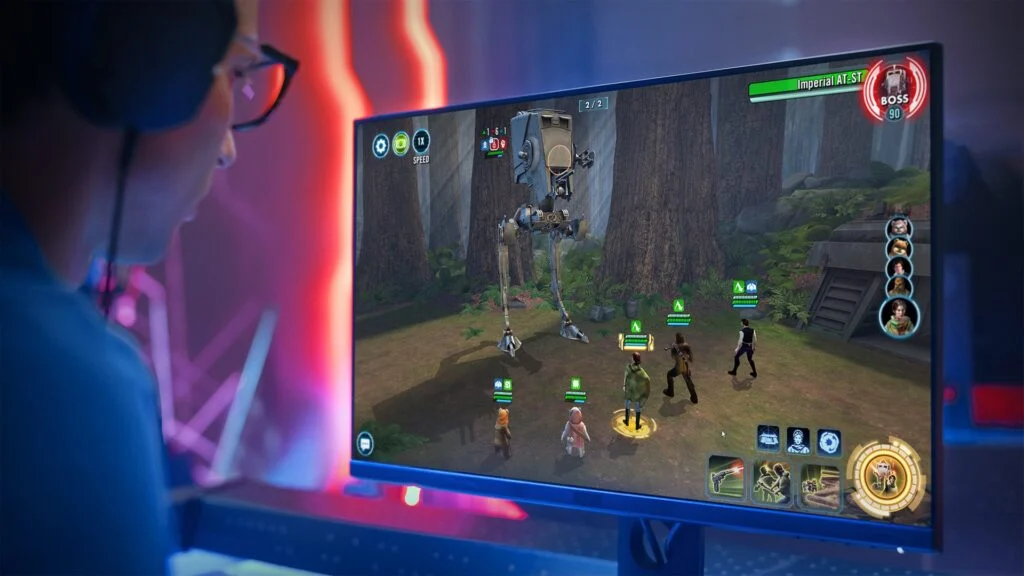Blockchain technologies like Ethereum and Bitcoin form the backbone of Web3, a new digital world that emphasizes decentralization and token-based economics. As a result, in this post, we’ll take a look at how eCommerce will be different after web3.
The intriguing aspect of Web3 shopping website development was its decentralized structure, which may keep Big Tech and any intermediary out of the picture.
We can think of Wolfram Alpha and Apple’s Siri as examples of web3 technology. Siri’s ability to understand human speech and respond intelligently is made possible by speech recognition technology and AI-powered search and retrieval.
Web3, also known as Web3.0, encourages participation without the need to profit from users’ private information.
History
Everyone agrees that blockchain technology and digital currency are the most warmly received concepts. As a result, the e-commerce business will undergo significant shifts, ushering in novel structures and ecosystems.
Web1, the very earliest version of the internet, comprised mostly of links and homepages that permitted very minimal interactions for users.
Then Web2 came along and revolutionized the user experience. By combining read and write capabilities, users can share their own work with the world. The public is understandably worried because it offers numerous services that involve the sharing of sensitive information.
Web2 can be thought of as read-write, while web3 will be read-write-own.
Web3 can help fix the existing internet’s trust problem by constantly confirming users’ identities and motivations.
Difference Between a Centralized and a Decentralized System
The Web3 protocol, the next generation of the Internet, is another promising application of blockchain technology. As a result, it introduces a novel method of data storage and administration. Together, participants in a blockchain system can oversee a singular dataset (a universal state layer).
With this special layer, the Internet can have a layer for settling financial transactions. With Bitcoin’s help, users may now send copy-protected files to one another, enabling true P2P transactions that don’t require a middleman.
Web3 uses a peer-to-peer (P2P) network to store data in numerous replicas. The protocol codifies the rules for management and safeguards the network’s consensus by rewarding users with tokens created specifically for use on the network.
Blockchain, the backbone of Web3, helps reimagine the web’s data structure on the server side.
In order for parties that don’t know or trust one other to establish and settle agreements over the web, a governance layer is created and built over the existing Internet.
The following subheadings can aid in your comprehension of how Web3 can impact eCommerce from various vantage points:
Making Progress on Web 3.0 eCommerce
Let’s say you want to buy a high-quality sound system for your home. You put on your AR/VR headset and head to a store selling such equipment, where you may use NFT or a room scanner to produce a 3D model of your space.
The next step is to look for the one-of-a-kind audio system by listening to demos; if you like what you hear, you can buy it with cryptocurrency and have it delivered by a drone. You’ll be able to prove ownership by having your name appended to a blockchain transaction record, at which point:
Find the product’s authenticity using only blockchain technology. All of this is going to be feasible in the future thanks to web3.0.
The Effect of Web 3.0 on Online Shopping
The standard of the content is crucial both in the offline and online worlds. Connecting information and data is what sets Web 3.0 apart from web 1.0 and web 2.0. It also processes information from raw data.
Web 3.0 is tailored to the specific needs of the e-commerce customer. It is able to find what you’re looking for by directing you to relevant topics and a variety of up-to-date search tools.
Plus, it offers its web3 Ecommerce community access to the boundless Cloud data, user-generated ideas for third-party developers, and a data connection protocol that allows for the individualization of web content.
The Modeling of Business Strategies
Strategic planning is a standard practice for online enterprises. Web 3.0 employs complex e-commerce business structures. Architecture and strategy are interchangeable terms.




